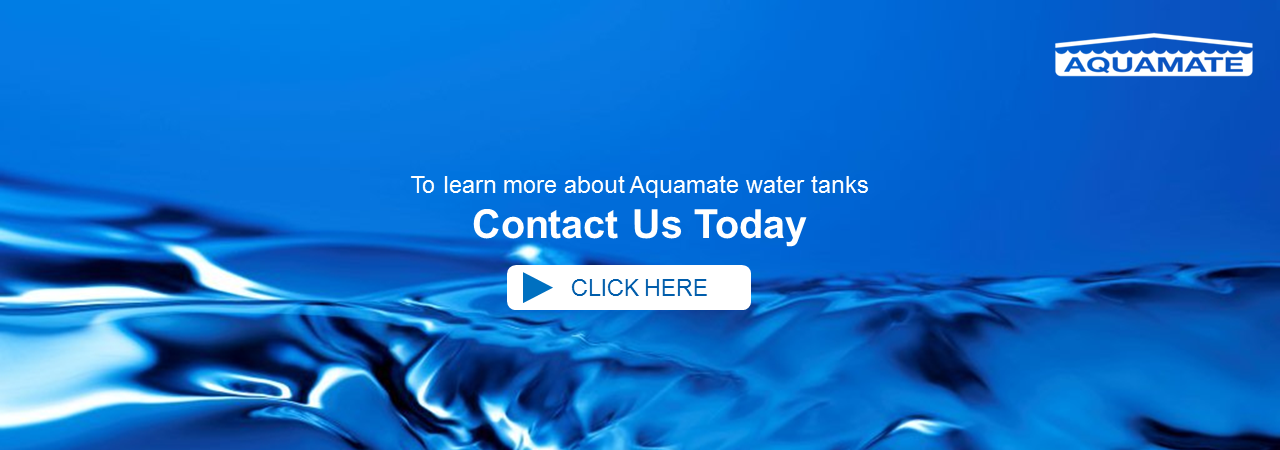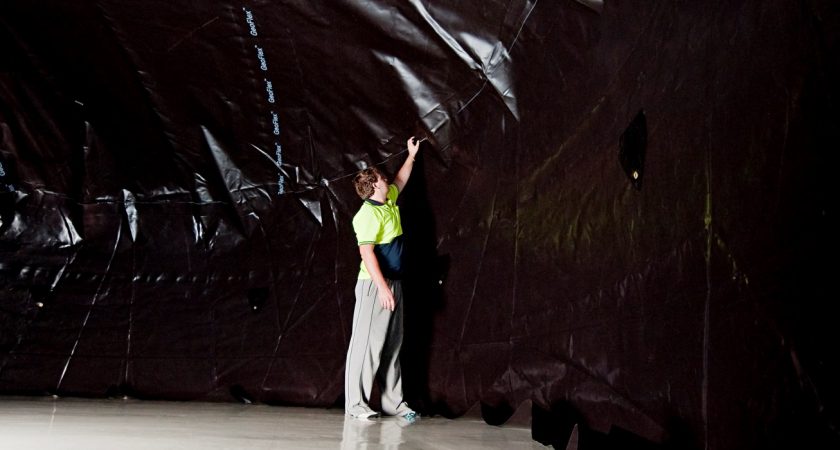Why do Aquamate use non-reinforced liners in their steel water tanks?
There are many tank lining materials (geomembranes) available for steel water tanks. The tank liner’s purpose is to provide a water-proof layer between the stored water and the steel tank shell. Different water tank manufacturer’s select different materials for a range reasons.
Materials have varying mechanical and chemical properties, depending on the polymers used and the construction method. Polypropylene (PP), Polyethylene (PE), Polyvinyl chloride (PVC) and Ethylene vinyl acetate (EVA) are common geomembrane materials used for water tank liners. All materials should be drinking water certified to Australian Standard AS4020, unless you can be absolutely sure no one is ever going to drink the water from your tank.
Another key difference between materials is whether they are unsupported (monofilament) or reinforced (scrim) construction. Unsupported materials are made entirely of a waterproof polymer, while reinforced materials consists of an open weave mesh with a thin waterproof polymer coating on each side. During construction of reinforced materials, the two polymer layers touch through the mesh openings, bonding the polymer layers to the mesh.
When selecting the best liner material to use in a water tank, the most important considerations are flexibility, elongation (“stretch-ability”) and chemical resistance. Material strength is secondary in consideration, as the main water loads are supported by the steel tank shell, not the liner. The liner must “grow” as the tank fills and empties during use.
Aquamate’s monofilament liners have high levels of flexibility (1 million cycles without failure) and will stretch without failing during operation (up to 700%), making them well suited to long term use in a water tank. Reinforced liners have high strength and dimensional stability, so work well in high stress applications like tarps, grain covers and floating covers over dams, but our analysis says they can be limiting when used in a water tank.
Aquamate’s polyolefin liner material is based on a low density polyethylene, with the polymer structure modified to suit water storage. Unlike PVC, which is naturally rigid (think storm water pipe), Aquamate’s polyethylene material is naturally flexible. PVC needs chemical additives to make it flexible enough to be used as a water tank liner, but over time the chemicals used leach into the water, turning the material rigid again, leading to cracks in the liner. Polypropylene is also a very flexible material, however PP is susceptible to chlorine degradation. The chlorine in tap and mains water is enough to degrade the liner, making tanks that are filled through water trucks or tap water susceptible to failure over time.
In Summary:
- Flexibility, elongation & chemical resistance are important considerations when selecting a water tank liner
- Check that your water tank has an Australian Standard certified liner if you plan on drinking the water
- Reinforced materials work well for grain covers and truck tarps, but Aquamate use a monofilament material because of its superior elongation and flexibility properties


